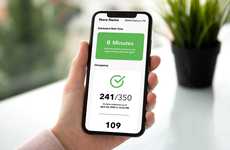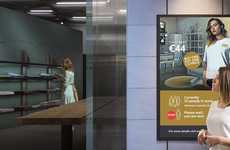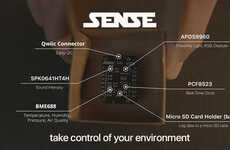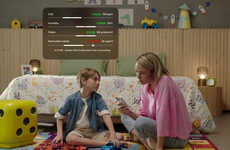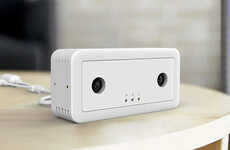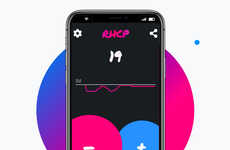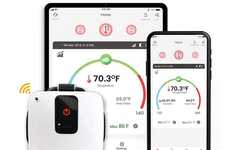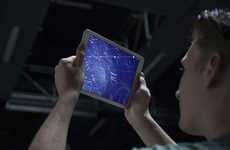
The Density Sensor Lets You Know How Crowded Public Places Are
Rahul Kalvapalle — August 11, 2015 — Tech
References: density.io & gizmag
The Density sensor is a tiny sensor device that is designed to collect foot traffic data in order to give you an idea of how crowded a particular place is. If you want to know if there's a long lineup outside your favorite brunch spot or if the weight room in the gym is going to be rammed, this sensor will help you. It is designed to be attached to the entrance of premises so that it can capture people's comings and goings, providing real-time data to people who are interested in knowing how crowded said place is.
Once a public place -- whether a business, museum or university -- has signed on to use the Density sensor, it can go ahead and create an app using the location data in a manner that best suits their customers' needs.
The end result is that the Density sensor can actually enable businesses to drive more traffic in their direction at no additional cost to the consumer.
Once a public place -- whether a business, museum or university -- has signed on to use the Density sensor, it can go ahead and create an app using the location data in a manner that best suits their customers' needs.
The end result is that the Density sensor can actually enable businesses to drive more traffic in their direction at no additional cost to the consumer.
Trend Themes
1. Foot-traffic Data Collection - Opportunity for businesses to gather real-time foot traffic data and optimize operations based on crowd levels.
2. Real-time Crowd Monitoring - Ability to monitor crowd levels in public places in real-time to improve visitor experience and manage capacity.
3. Location-based App Development - Potential for creating apps based on foot-traffic data to provide customers with customized experiences and drive more traffic to businesses.
Industry Implications
1. Retail - Retailers can optimize staffing, promotions, and layout based on real-time crowd data collected by foot-traffic sensors.
2. Hospitality - Hotels and restaurants can manage capacity, wait times, and customer flow by using foot-traffic sensors to monitor crowd levels.
3. Tourism - Tourist attractions and museums can enhance visitor experience by developing location-based apps using foot-traffic data to provide personalized recommendations and reduce congestion.
5.9
Score
Popularity
Activity
Freshness

